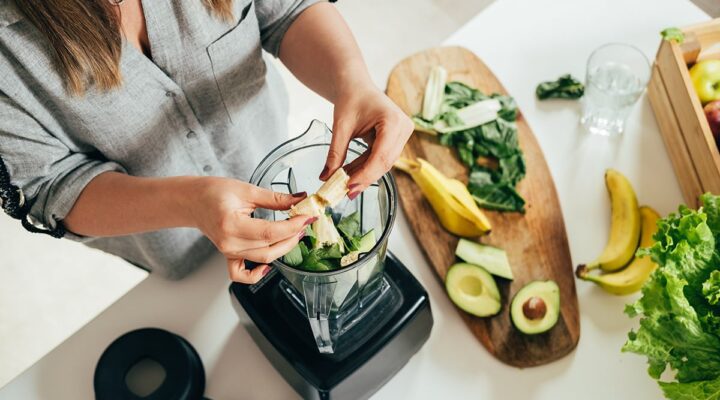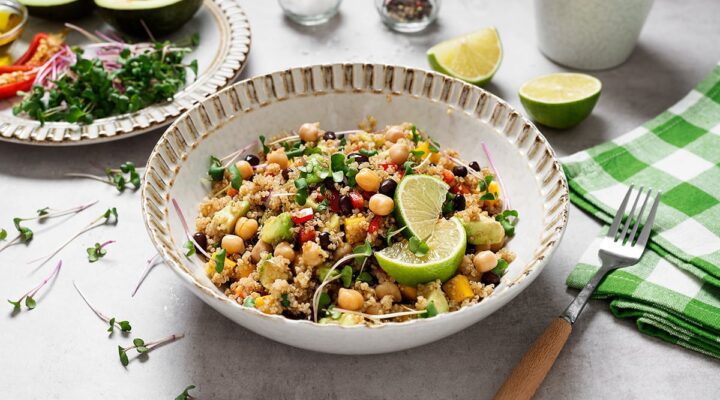No Squat Rack? No Problem With This Simple At-Home Workout For Your Glutes
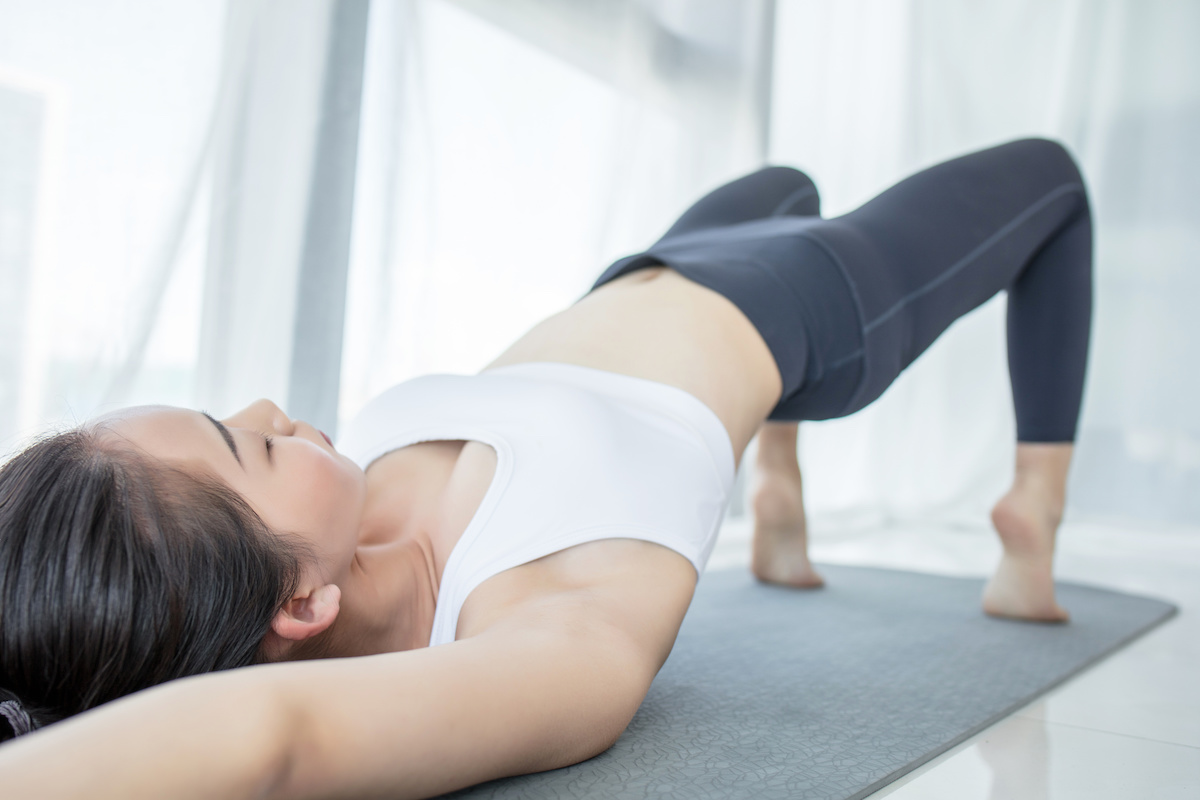
The gluteus maximus – sounds like a greedy Roman emperor, is really the largest and heaviest muscle in the body. Along with the medius and minimus, these three gluteal muscles make up the majority of what we commonly refer to as the bum, butt, or booty (it all depends on where you’re from really).
Our bum goes a large way to making us human. Larger and thicker than in other primates, its size is one of the characteristic features of our muscular system. We need this power to hold ourselves up and ensure we maintain proper posture. Other primates have much flatter hips and as such cannot sustain standing straight like we can.
Despite this evolutionary distinction, in the day-to-day of modern life – moving from work chair to car seat to comfy couch – we’re not often engaging this substantial muscle (refer to dormant butt syndrome, and, yes, it’s a thing). Which makes it all the more important to keep your booty, bum, or butt in tip-top shape – especially in this WFH era where we are naturally more idle than usual.
To help keep your gluteus maximus at max power then, we’ve enlisted the help of coach and creator of the Brazilian Method (winner of Tatler’s best ‘bottom workout’ class, don’t you know), Vivian Fonseca, who has put together an at-home butt workout that’ll keep you looking, in the words of Queen Bey, ‘bootylicious’.
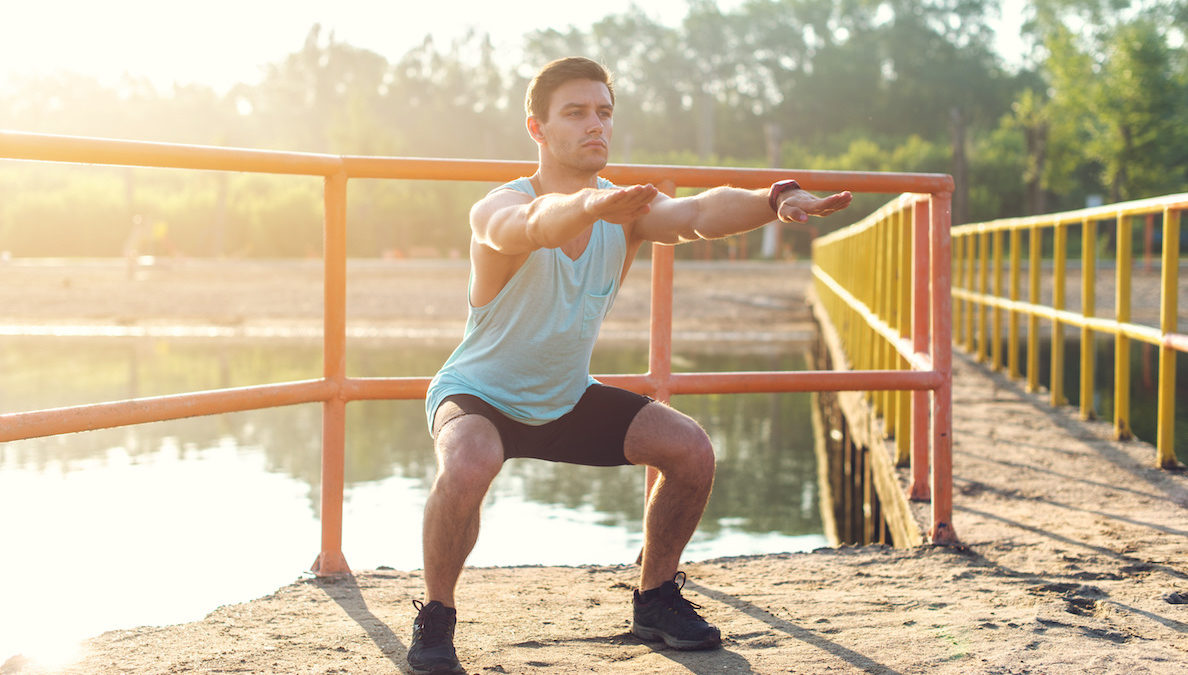
The Benefits Of Working Out Your Glutes
The benefits of a strong booty don’t just stop at holding us upright either. “There are many benefits in a booty workout for the core muscles and joint protection,” explains Fonseca. “The more strength you have in this group of muscles, the more likely you’ll be able to better absorb the impact of movement on your hip joints and also help keep the knees stable. It’s like building a mattress for your joints.”
Your glutes are also the main support for your back. They help keep your posture in place and help you extend your hips. If they’re weak, other muscles will have to take over this job.
These muscles aren’t designed to do the dirty work though, and you risk injuring them as a result. We’re talking your spine, hips, and knees here. So while some might think our butts are only there to look good in a pair of jeans, they also play a really important role in keeping us fit and healthy.
What Do You Need For An Effective Home Butt Workout?
When it comes to working out at the gym, most gym-goers from the intermediate to advanced level are going to go straight to the barbell loaded squat for their regular butt workout. It’s the king of compound movements, especially for anyone looking to work their lower half. But at home, and without a squat rack, it’s a no-go zone. So, you’re going to have to branch out.
“The basic booty workout at home you can do without equipment and just body weight,” says Fonseca. “Lunges, step-ups, squats, and bridges are all good exercises, but to have a better activation of deep and big muscles you need some extra resistance.
“My workout method uses just a couple of bands with different levels of resistance to stimulate all the muscles in that area. It’s the perfect combination of the practical, with equipment you can carry in your pocket, while providing enough resistance to properly stimulate your muscles.”
Most resistance bands will be colour-coded according to their tension level. It’s best to have at least three—light, medium, and heavy—since different movements and exercises will require different levels of resistance. No need for any barbells here.
So, what happens to the beloved squat then? “You can have a good booty workout without the squat if you substitute it for other hip extension movements like bridges, combined with some more isolate movements such as the kickback with the leg extended on the knees position.”
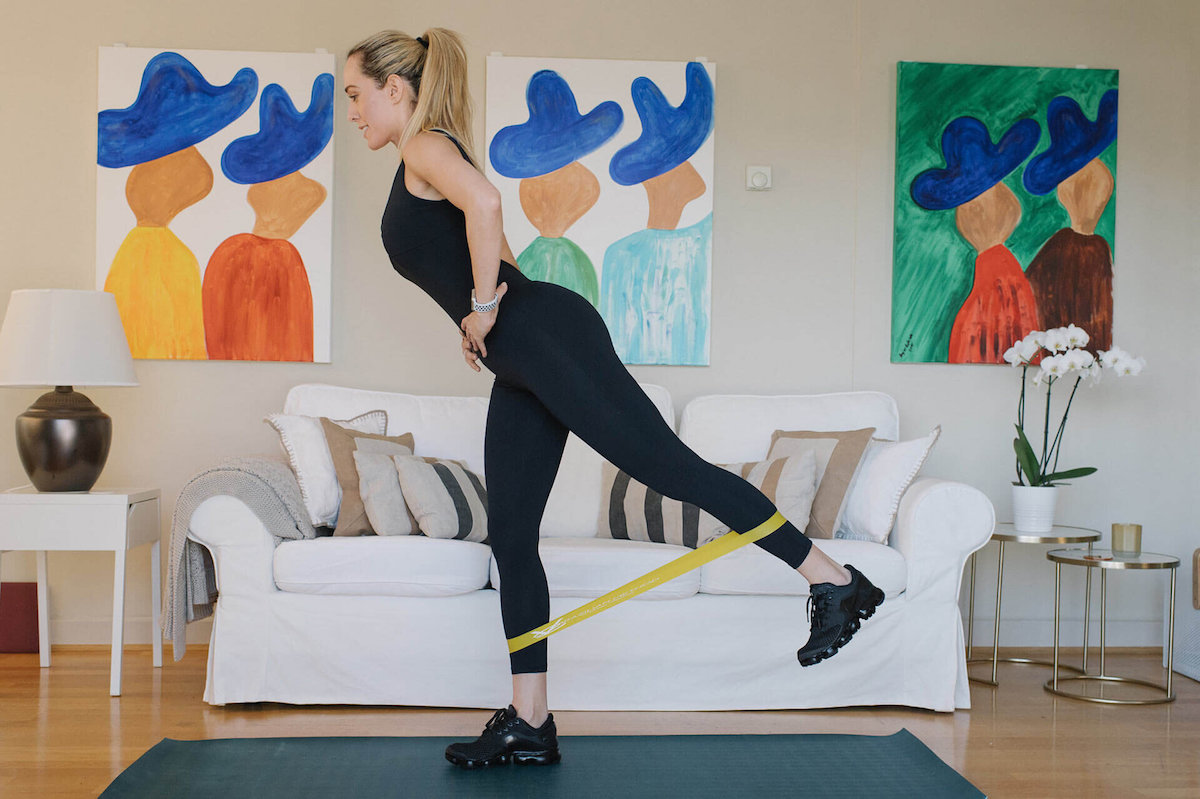
The Home Butt Workout
Fonseca recommends breaking your at-home butt workout into two halves. The first superset involves three sets of bridges with a lateral side abduction in between, while the second superset takes on three sets of single bridges with a set of kick backs in between using the same leg.
Superset is the operative word here, meaning no rests between the two exercises (but you are allowed a breather between the first and second supersets).
When you’re back at the gym, Fonseca advises doing bridges with two resistance bands, one above and one under the knee. Do 20 reps, keeping your legs wide and squeezing the glutes on the top of the movement.
Then follow this up with 20 kick backs, extending the leg as it moves up from the knees position. This will make for a great booty finisher alongside a whole lower body workout.
First Superset:
Bridges
How Many Reps? 15 reps.
Technique: Place a resistance band with medium resistance above the knees and with your legs apart. Now lie on your back with your hands at your sides, knees bent, and feet flat on the floor under your knees. Tighten your abs and bum by pushing the lower part of your back into the ground before you push up.
Raise your hips up to create a straight line from your knees to shoulders. Then squeeze your core and pull your belly button back toward your spine. Hold this position for five seconds and then slowly return to your starting position.
Top Tip: For more glutes action, turn your toes and knees outward as you reach the top of the movement.
Lateral Side Abduction
How Many Reps? 20 reps on both sides.
Technique: Move the same band down to the middle of your calves. Lie on one side with both legs bent to 45 degrees. Stack the hips and shoulders directly on top of one another. Lift the upper leg toward the ceiling, squeezing and holding the top position and then slowly lower the leg.
Top Tip: According to a 2009 study from the University of North Carolina, the best exercise for building up the gluteus medius – the muscle cushioning those hips – was the lateral side abduction. Less of a top tip, more of a ‘don’t skip’.
Second Superset:
Single Bridges
How Many Reps? 15 reps on each alternating leg.
Technique: No need for the resistance band on this one. Lay on the floor with your abs and glutes tightened. Raise your hips up to create a straight line from your knees to shoulders.
Try to pull your belly button back toward your spine while squeezing your core. Slowly raise one leg while keeping your hips raised and level. Return to the starting position with your knees bent.
Top Tip: Try not to raise arch your back as you lift your leg. Your working the butt here, not your back.
Kick Back
How Many Reps? 20 reps.
Technique: Place a medium resistance band around your ankles. Get down on all fours. Line up your wrists under your shoulders and your knees with your hips. Contract your core muscles while making sure your spine is straight. Without changing the angle of your knee, extend your right leg back and up until your thigh is parallel to the ground. This is the starting position.
Then raise your leg further up until your sole is facing the ceiling. Contract your glutes at the top of the movement and hold, before returning to the starting position.
Top tip: Don’t move your butt. Keep it still, and your core contracted.
Extra Set:
Couch Squat
How Many Reps? 20 reps x 2.
Technique: We thought we would throw this one in for the beginners. Stand about a foot in front of your couch with your feet slightly wider than shoulder-width apart. Get into position by driving your hips backward, keeping your back flat and your knees following your toes. Your chest should be up and your shoulders down and back.
Lower your body by bending your knees until your bottom slightly grazes the couch, then return to standing.
Top Tip: Don’t allow your toes to bow inward and don’t let your knees ever go in front of your toes.




